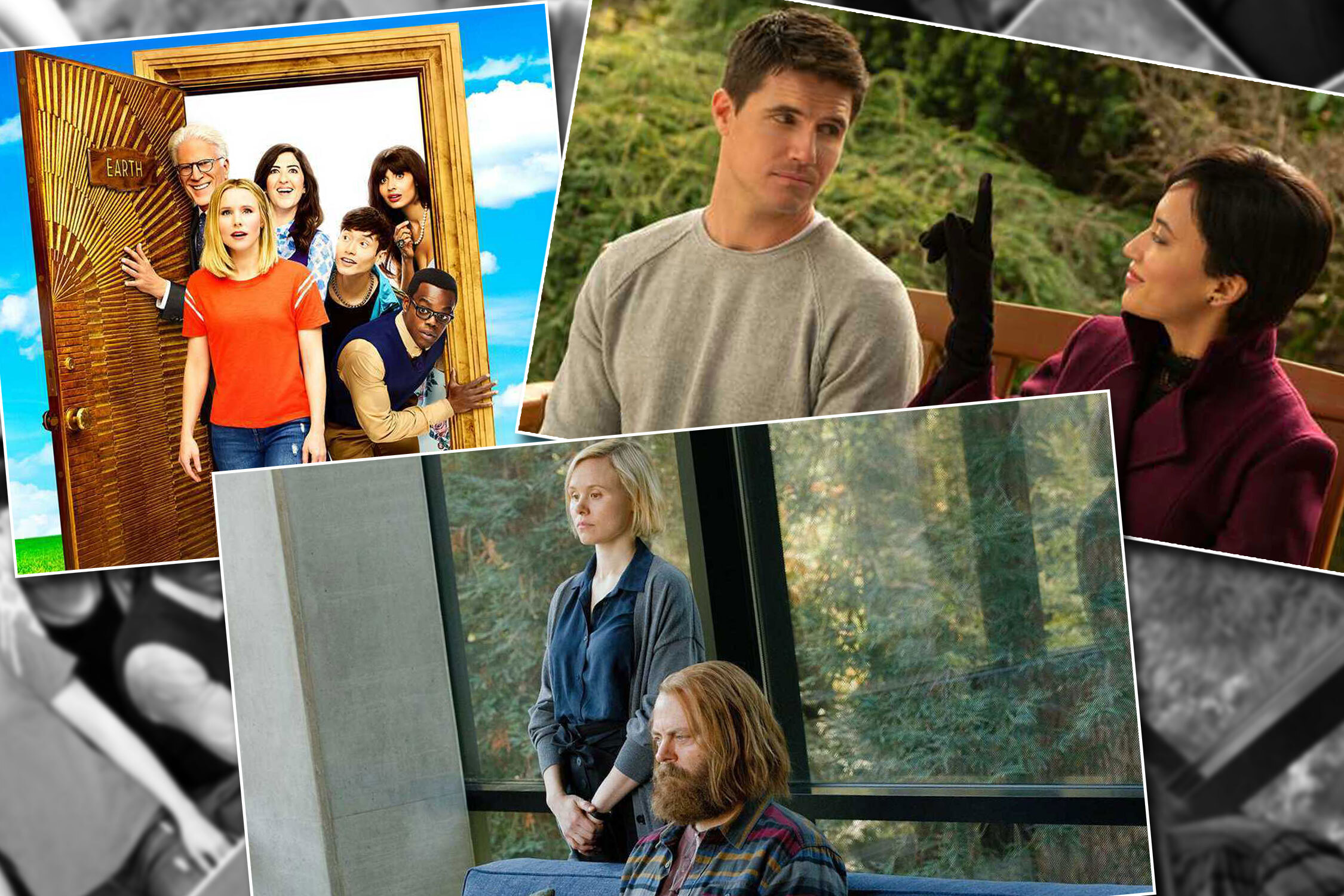It isn’t often that a love story warms the cockles of my stone-cold, hard-as-nails heart, but the New York Times column, Modern Love does just that. A collection of essays published in 2019 (actually, Modern Love, Revised and Updated: True Stories of Love, Loss, and Redemption) picks some of the nicest stories of – ah – love, loss and redemption, across different kinds of love between different kinds of people. There is, for example, a meddling journalist who helps trace her interviewee’s long lost love, in true filmy fashion. There is a mother who can always tell when her daughter’s boyfriend is not right. There is a family tragedy that happens while one writer is out on a date. The lives of those in the column can feel a little distant – they are, after all, the kind of people who live on the Upper East Side and read The New York Times. But shorn of enough detail to fit into a little newspaper column, the stories feel real and relatable. The love stories – romantic, parental, strictly platonic – all felt like they could happen to me, or someone I know and care about. It’s a joyful little read.
But alas! The eponymous television series on Amazon Prime, with eight stand-alone episodes based on some of these essays – feels stilted, even staged. Sure, it’s got beautiful sets populated by even more beautiful people – think Anne Hathaway cycling through a picturesque little street, Andrew Scott in a gorgeous brownstone in a very un-Moriarty-like picture of domestic bliss, Dev Patel in a lovely little cafe and Julia Garner walking through Central Park in all its autumnal glory. Every story is put together to achieve an almost improbable degree of perfection in a 30-minute slot.
And yet, this is what feels so hollow about it. Take Hers Was a World of One, for instance. The original essay was based on sex columnist and political writer Dan Savage’s experiences of adoption as a gay father, and the relationship that he, his partner and son have with their son’s biological mother. Savage’s essay laid bare all the emotions he went through – not all of them fuzzy and pleasant or even good – as he dealt with a homeless mother who struggled with addiction, and a son too young to understand why his mother’s life was so different to his own. Of all the essays in the collection, Savage’s story affected me the most deeply – it was about how people could be compelled to work through their very human flaws, all for the love of a little boy. But the TV version seemed simply to pad out the story with details – an adorable Golden Retriever, restaurant dinners, Andrew Scott being his devastatingly handsome self. The real story, the conflicts between a man who liked things just so, and the chaotic woman who wandered into his house and broke all his rules, were resolved far too easily.
Recommended
This strategy of filling out too many details can have unexpected results. So He Looked Like Dad. It was Just Dinner, Right? seemed more than a little unfair to the gentleman who looked like dad. The essay version, of a man who mistakes a younger woman’s feelings for him as romantic love, when she really thought of him as her late father, made him seem distant, but also as if he laboured under an honest mistake. In the TV version, Shea Wigham’s character looked rather like a creepy old guy trying to date a much younger woman — not very lovable at all. And where the essay version of When the Doorman is Your Main Man conveyed a picture of a one-sided, selfless but somewhat distant kind of love, the episode on TV was (I suspect) a rather unintentional commentary on social privilege and unequal relations and a woman who never seemed to invite this wonderful doorman up for a cup of tea.
I should point out that unsatisfying as it is, Modern Love truly is remarkably beautiful. Every frame is aesthetically pleasing – think traveller-Instagram, Masterchef-plated, aesthetically pleasing, with everything just so. I found myself noticing how nice Anne Hathaway’s pink coat looked, and how cosy the couple’s counsellor’s office in Rallying to Keep the Game Alive was or even how tasty all the food looked. Do watch the show if you’d like to see New York at its most appealing. But if you’re looking for emotional heft and heartfelt stories of love and loss? Go read the book instead.



